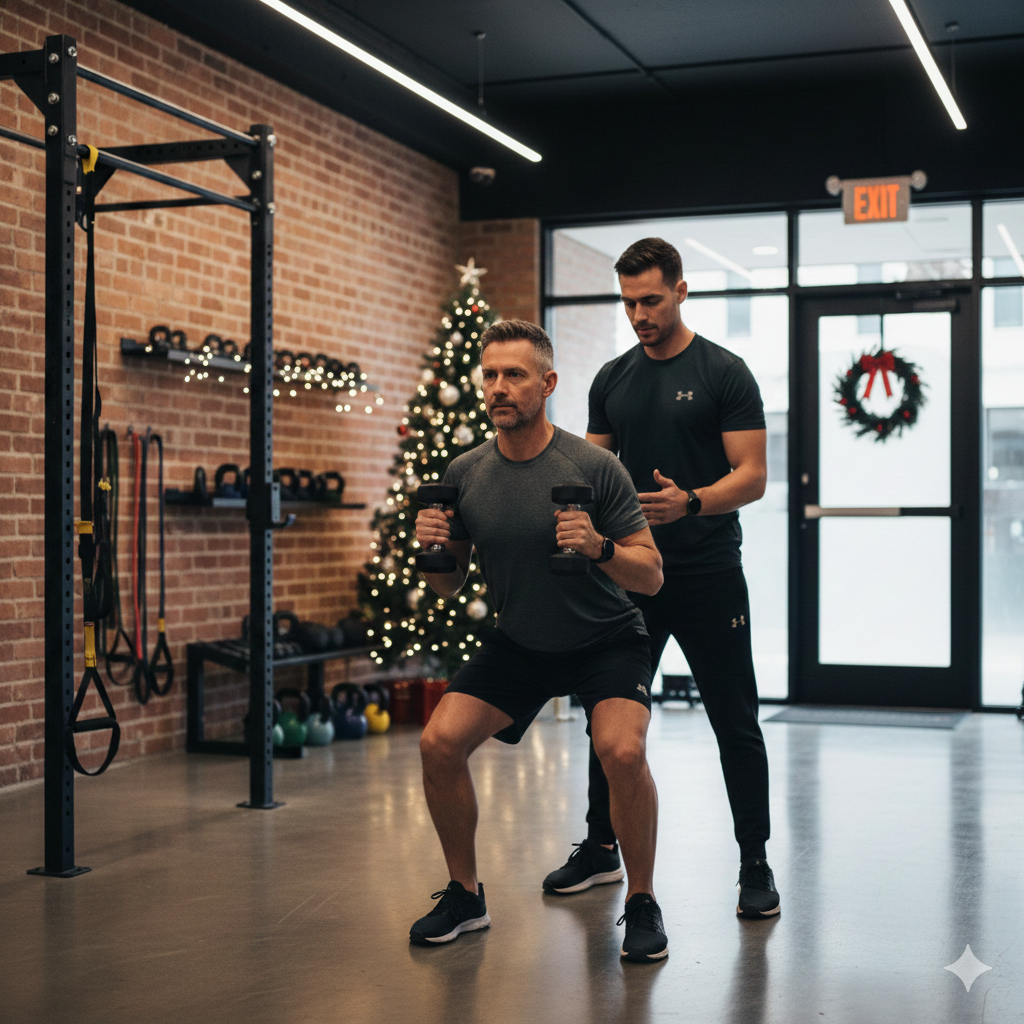National Quitters Day?
January 14, 2025

You’ve probably heard different things in the news and on social media about “National Quitters Day”. If you haven’t, it is the second Friday in January, when people tend to give up on their New Year’s resolutions.
Personally, I don’t think it is the tendency of most people to abandon their goals so quickly. People don’t peak in their motivation for something and then have zero motivation around that same goal just a week or two later.
I think what is really happening is that people set unrealistic expectations and plans to get to their resolution, and then they abandon or quit those steps they originally determined to help them reach their goals.
For example, if someone decides they want to lose weight as a New Year’s resolution, then they may decide that their plan to lose weight is to go to the gym every day and never eat sugar.
By the second Friday in January, they have likely skipped a trip or two to the gym and decided to give in to the temptation of a dessert. They likely still have the goal and desire to lose weight, but they have lost the desire to never skip the gym and never eat sugar.
The problem is that the expectations were unrealistic to begin with. If you are someone who never goes to the gym or has a hard time eating healthily, don’t assume at the New Year you are going to change everything about your activity and nutrition at once. Because when you fail, you’ll decide you cannot do it and give up.
At Axio Fitness, we try to help people make small behavioral changes over time. As they achieve those and integrate it into their new lifestyle, then we agree on the next thing to work on. We set short term behavioral goals, and we adjust them as the goals, motivations or life circumstances of our clients change.
I personally do not like it when people laugh about National Quitters Day. Although motivation ebbs and flows, aspirations do not evaporate that quickly. If you need help with a realistic, long-term plan to reach your goals, we’d love the opportunity to help you!

Share Post
Our Recent Blogs




Leave a Reply
Your email address will not be published.
Required fields are marked *

